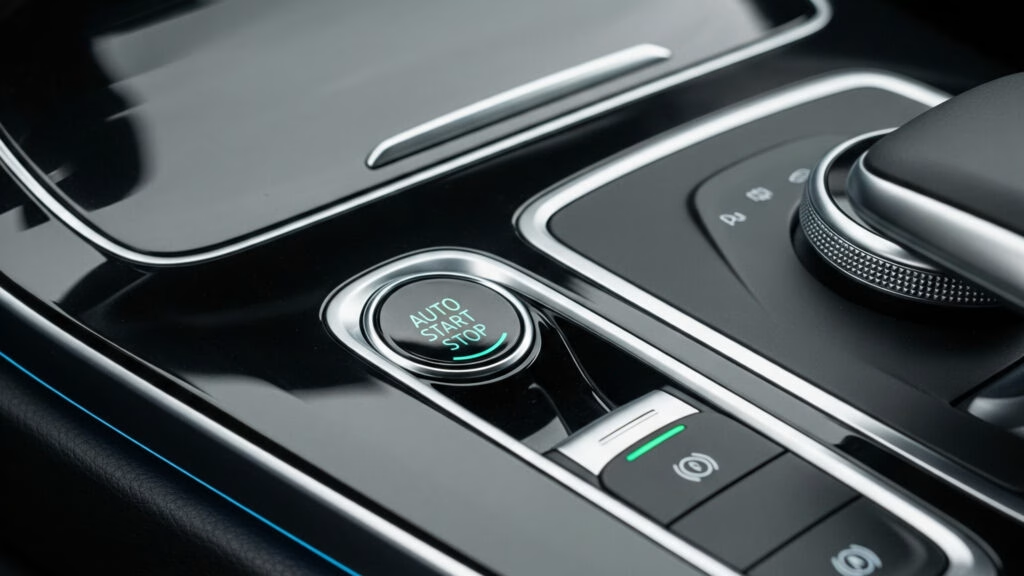Why Are So Many Drivers Annoyed by Auto Stop-Start Technology?
If you’ve driven a newer car in the past few years, chances are you’ve experienced that moment: you roll to a stop at a red light, and suddenly, the engine cuts out. For some, it’s a minor blip. For others, it’s a daily frustration. Auto stop-start technology, designed to save fuel by shutting off your engine when the car isn’t moving, has become a hot topic—and not always for the reasons automakers hoped.
So, what’s behind the backlash? According to recent feedback collected by the Environmental Protection Agency (EPA), millions of Americans find the feature more irritating than inspiring. The sensation of your engine stalling at every intersection can feel unnatural, especially if you’re used to a seamless driving experience. Some drivers worry about long-term wear on starter motors or batteries, while others just don’t like the brief lag when the engine restarts. It’s not just grumbling, either. Forums, surveys, and even direct complaints to regulators have made it clear: for many, the annoyance outweighs the benefits.
Does Auto Stop-Start Actually Save That Much Fuel?
Here’s where things get interesting. Despite the gripes, the numbers don’t lie—auto stop-start technology does save fuel. According to data from the U.S. Department of Energy, idling can use up to half a gallon of fuel per hour, depending on engine size and air conditioning use. Multiply that by millions of cars and countless hours spent at traffic lights, and you’re looking at a significant chunk of gasoline saved nationwide.
Automakers and supporters point out that these savings add up. The EPA has credited stop-start systems with helping manufacturers meet fuel economy targets, and some studies estimate that the feature can improve city fuel efficiency by 3-10%. That might not sound like much per trip, but over a year, it can mean real money in your pocket—and less carbon in the atmosphere.
Why Is the EPA Considering a Change Now?
The landscape is shifting. For years, automakers were incentivized to include stop-start systems because it helped them hit federal fuel economy standards. But with recent changes to those rules—specifically, the removal of penalties for missing certain targets—the financial motivation is fading. That’s opened the door for the EPA to reconsider whether the technology should remain a default feature.
EPA administrator Lee Zeldin recently called stop-start “a climate participation trophy,” signaling a desire to move away from what some see as a box-checking exercise rather than a meaningful environmental win. The agency has hinted at upcoming actions, saying it’s listening to the millions of Americans who find the feature frustrating. While there’s no official policy change yet, the writing’s on the wall: the days of mandatory stop-start may be numbered.
Can You Turn Off Auto Stop-Start? What Are Your Options?
Here’s the good news: if you’re not a fan, most cars let you disable the feature with the press of a button. Some drivers go further, using aftermarket devices or software tweaks to keep their engines running at all times. It’s worth noting, though, that disabling stop-start may slightly reduce your fuel economy—something to keep in mind if you’re watching your budget or carbon footprint.
There’s also a growing call for automakers to make the system default to “off” rather than “on,” giving drivers more control without the hassle of turning it off every time they start the car. Industry experts like Albert Gore of the Zero Emission Transportation Association argue that choice should remain with the consumer: “People like saving money on gas, and if not, it can be disabled. I don’t know why that is an option that needs to be taken away from people.”
Is the Frustration Justified, or Is It a Matter of Habit?
Let’s be honest: change is hard, especially when it comes to something as personal as driving. For many, the stop-start feature is just one more thing to adapt to in a rapidly evolving automotive world. But is the frustration justified? In most cases, the system works as intended—saving fuel in stop-and-go traffic with minimal impact on performance or reliability. Modern starters and batteries are designed to handle the extra cycles, and real-world data hasn’t shown a spike in related repairs.
Still, perception matters. If enough drivers find the feature intrusive, that’s a problem automakers and regulators can’t ignore. Some brands have already tweaked their systems to make them smoother or less aggressive, while others are exploring smarter, more adaptive versions that learn your preferences over time.
What’s Next for Stop-Start Tech—and Should You Care?
The future of stop-start technology is up in the air. With the EPA signaling a possible rollback and automakers less incentivized to include it, we may see fewer cars with the feature as standard equipment. At the same time, the push for electrification is accelerating, and in hybrid or fully electric vehicles, the concept of idling disappears altogether.
For now, if you’re shopping for a new car, it’s worth test-driving models with and without stop-start to see how you feel. Pay attention to how the system operates in real-world traffic, and don’t be shy about asking the dealer how to disable it if it’s not your cup of tea.
The big takeaway? Auto stop-start isn’t about perfection—it’s about smarter adjustments. Start with one change this week, and you’ll likely spot the difference by month’s end. Whether you love it or loathe it, knowing your options puts you in the driver’s seat—literally and figuratively.

